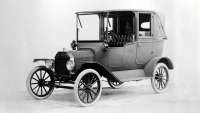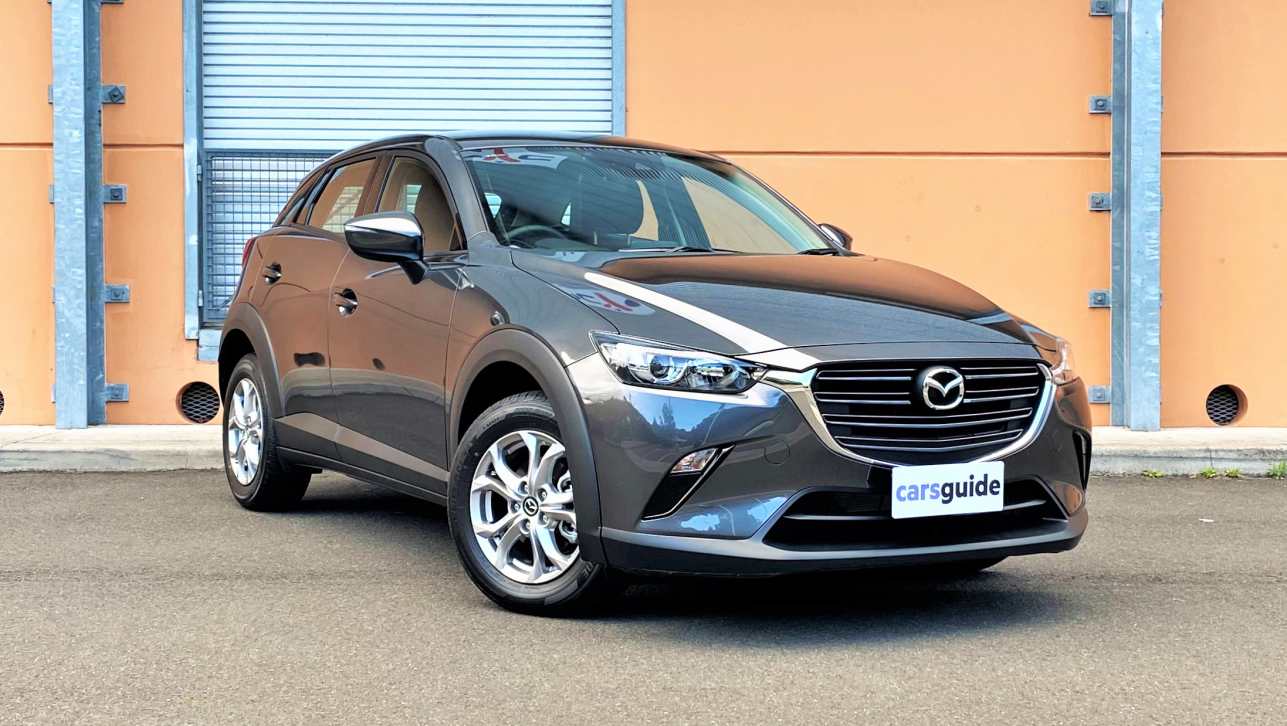The short answer is Crossover Utility Vehicle (CUV). Of course, it’s not that simple, nor are there any hard and fast rules associated with the term, because that’s not how marketing works.
But broadly speaking, a crossover is likely to be a car-based, rather than light-commercial-based, SUV.
Yes, there are exceptions, but that’s about as close to a definition as anybody is going to get.
Just as the original SUV concept combined some of the skill-set of a four-wheel drive with some of the traits of a passenger car, the crossover blurs that line even further by offering the toughened-up looks of an SUV with the driveability and, indeed, the mechanical package of a conventional car.
On that basis, the scale of ruggedness would ascend thus: passenger car; crossover; SUV; off-road four-wheel drive.
Which begs the question, where does that leave the SUV vs crossover battle?
Again, in broad terms, the crossover uses a monocoque construction (where the body is a stressed member) while an SUV has a separate body and chassis where the latter provides the bulk of the inherent strength.
Of course, for the crossover to muscle in on the basis of that definition, there were SUV casualties, meaning that some vehicles that were once considered SUVs, now fall more conveniently into the CUV basket.
And it doesn’t always work (the definition, that is) because vehicles like the Jeep Grand Cherokee and Nissan Pathfinder, while very much SUVs in terms of their abilities, are (if you take our definition as gospel) now CUVs.
Jeep owners won’t see it that way, so be prepared for some mental haggling.
Some classic examples of CUVs include vehicles like the Subaru Forester, Honda CR-V, Toyota RAV4, Mazda CX-3, Kia Seltos, and many others.
Walk down a street in Australia today and you’ll see plenty of them.
Other defining (but by no means mandatory) characteristics include a wagon body, a higher seating position, wheelarch extensions, a jacked-up ride height, and big bold wheels and tyres.
All-wheel drive is often offered, but a crossover is just as likely to be front-wheel drive.
_0.jpg)
The idea is to offer buyers the notion that they’re stepping into a rough and ready vehicle that looks like it could take on the Simpson Desert but never will.
Yes, the original SUV concept was very similar, but the crossover is one that has caught on here and overseas.
The crossover term is still a relatively new one here, but the vehicles themselves are very familiar.
So why do we need two words for the one concept?

It kind of stemmed from the US market where the SUV tag conjured up images of big, heavy, thirsty vehicles.
So the engineering departments designed the crossover to be more efficient and lighter (by using passenger car platforms and drivelines) while the marketing departments took it from there.
In Australia, early examples of the concept include things like the original Subaru wagon and Brumby ute; cars that could tackle mild off-roading but still drove more or less like conventional cars.
But even though Subaru was early to the party, the crossover didn’t catch on back then as comprehensively as it has now.
Having ruled out conquering deserts, why are CUVs so popular right now?
.jpg)
The short answer probably has a lot to do with fashion, but there are some more pragmatic selling points too.
Those start with the greater fuel economy and lower emissions of a bigger, heavier SUV built on its separate chassis.
Beyond that comparison, the car-based driveline of a typical crossover is likely to be nicer to use, while the car will probably ride nicely (provided the donor sedan or hatch does so in the first place).
Crossovers are also popular with young families because the higher ride height means kids can be secured into restraints by simply leaning into the car and not having to bend down while doing so.
Older consumers or those with injuries also like the ride height as it makes entering and exiting the car less of a bending exercise.
Because CUVs tend to be based on small- or mid-sized hatches and sedans, running and servicing costs should be generally pretty low.
But you might find the crossover’s bigger, more aggressive tyres are more expensive to replace.
The fantastic success of the concept has meant that most manufacturers now offer a crossover (and, in some cases an SUV as well).
That means everybody from Nissan to Toyota, Volkswagen to Ford and even luxury brands such as Lexus and Mercedes-Benz all have a crossover in their showrooms.
Here are five we recommend (in no particular order):
- Toyota RAV4. From $30,990. Pros: Groovy looks, choice, hybrid version. Cons: Pricey.
- Kia Sportage. From $28,390. Pros: Reliable, plenty of choice, huge warranty. Cons: Smallest petrol version lacks punch.
- Mazda CX-5. From $30,980. Pros: Great reputation, big inside. Cons: Short service intervals (10,000km or 12 months).
- Subaru Forester. From $34,690. Pros: Reputation, actual off-road ability. Cons: Bland looks.
- Nissan X-Trail. From $30,040. Pros: Huge interior, seven-seat option. Cons: Petrol engine option showing its age.



.jpg)
.jpg)
.jpg)


.jpg)

.jpg)
 copy.jpg)








.jpg)
.jpg)
Comments